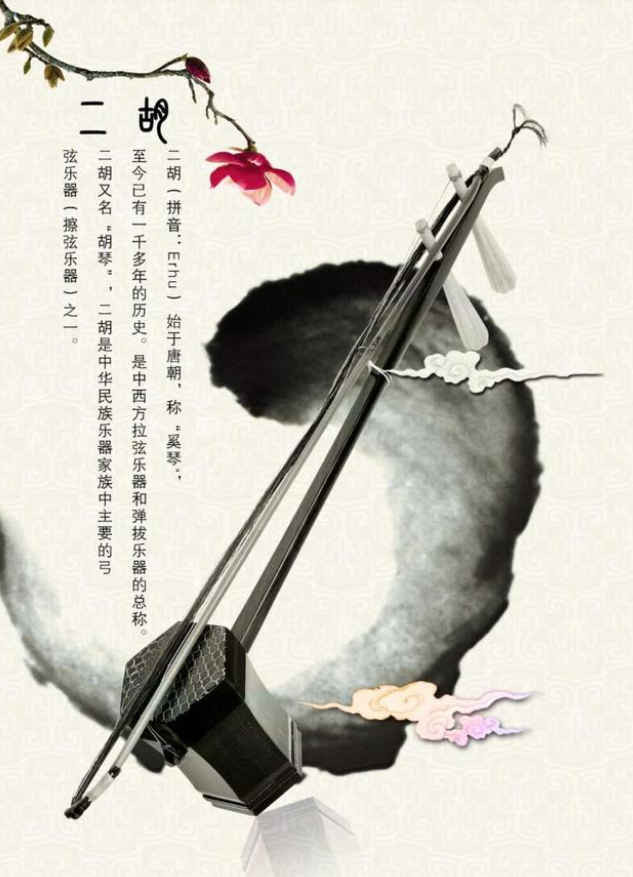Why do many parents now require their children to learn Erhu?
Speaking of erhu, everyone should like it very much. why do you like it? Because people say that Erhu is like life. But do you know when the erhu originated? Where did it come to our country? How many strings are there in the erhu? Why is it called Erhu?
We asked Jinan Zhengyi Musical Instrument Co., Ltd. with a lot of questions. After their professional explanation, we learned that: Erhu, it flourished in the Tang Dynasty. In the Tang Dynasty, a general, Cen Shen, said, "After all, the wine is for the guests, the huqin and pipa. with the Qiang Flute". Erhu refers to the musical instrument of the Hu people. At that time, the erhu was not a formed musical instrument with bow hairs, but strings and a barrel. The erhu was a musical instrument that had a bamboo piece to pull the bamboo silk to vibrate the barrel to make a sound. . The development of the erhu is from the bamboo tube and the bamboo qin to the current Xiqin, and then to the erhu that we now commonly see. Erhu has two strings, a bow, as well as skin, barrel, stem, shaft, and head.
Erhu has a beautiful and unique timbre charm. Timbre is the fret, another property of musical sound other than pitch and intensity. Every musical instrument has its own unique timbre. For example, the timbre of the guqin is profound and distant, the timbre of the flute is clear, bright and hearty, and the timbre of the erhu is feminine and honest. It is the biggest feature of the traditional sound quality of erhu. The unique sound quality of the erhu also comes from its special structure. The strings of the erhu are suspended, and there is no fingerboard. The bow is placed between the two strings, and the barrel is made of snake skin. The sound of the bow rubbing against the strings and the vibration of the snakeskin speaker, these special structures and components form a unique and beautiful tone, as if the strings and the human heart are closely connected, and each note can directly hit the listener's soul.

Nowadays, many parents let their children learn a musical instrument as a specialty, and there are many people who choose Erhu. Learning erhu is conducive to the improvement of personal music quality, the improvement of hearing sensitivity, and the flexibility of fingers, which is conducive to the intellectual development of children. In daily life, the average child uses the left hand less, but the erhu needs to use the left hand to press the strings, and the coordination of the right hand also requires extremely high skills, which is conducive to exercising the coordination between the brain and the limbs.
Learning erhu can also cultivate children's perseverance and concentration, which can effectively improve students' intellectual development, especially exercise children's logical thinking ability. Children can play and interpret their own music according to their own imagination, so learning Erhu can improve intelligence and brain development and other benefits.
 渝公网安备 50010702504639号
渝公网安备 50010702504639号